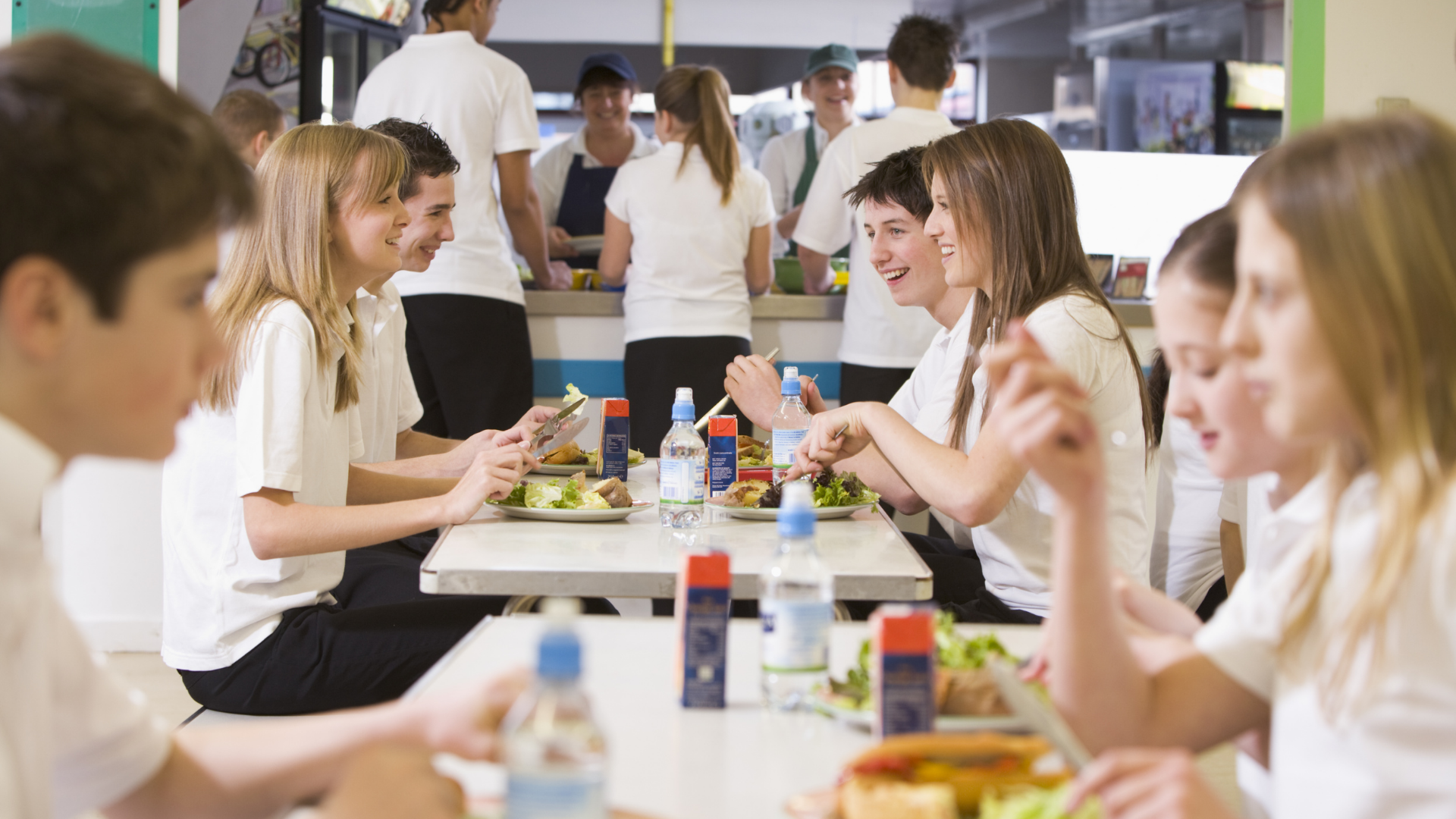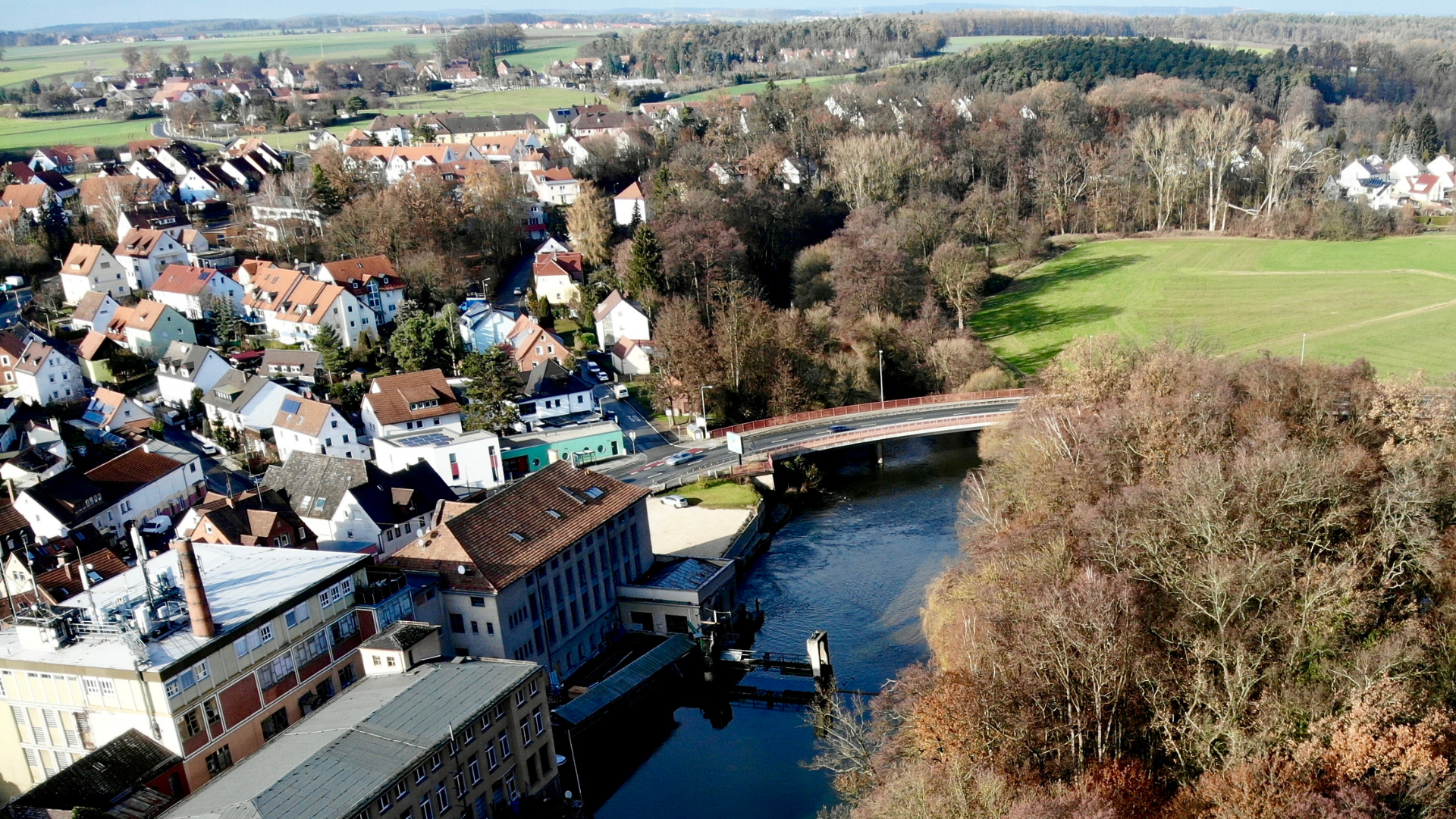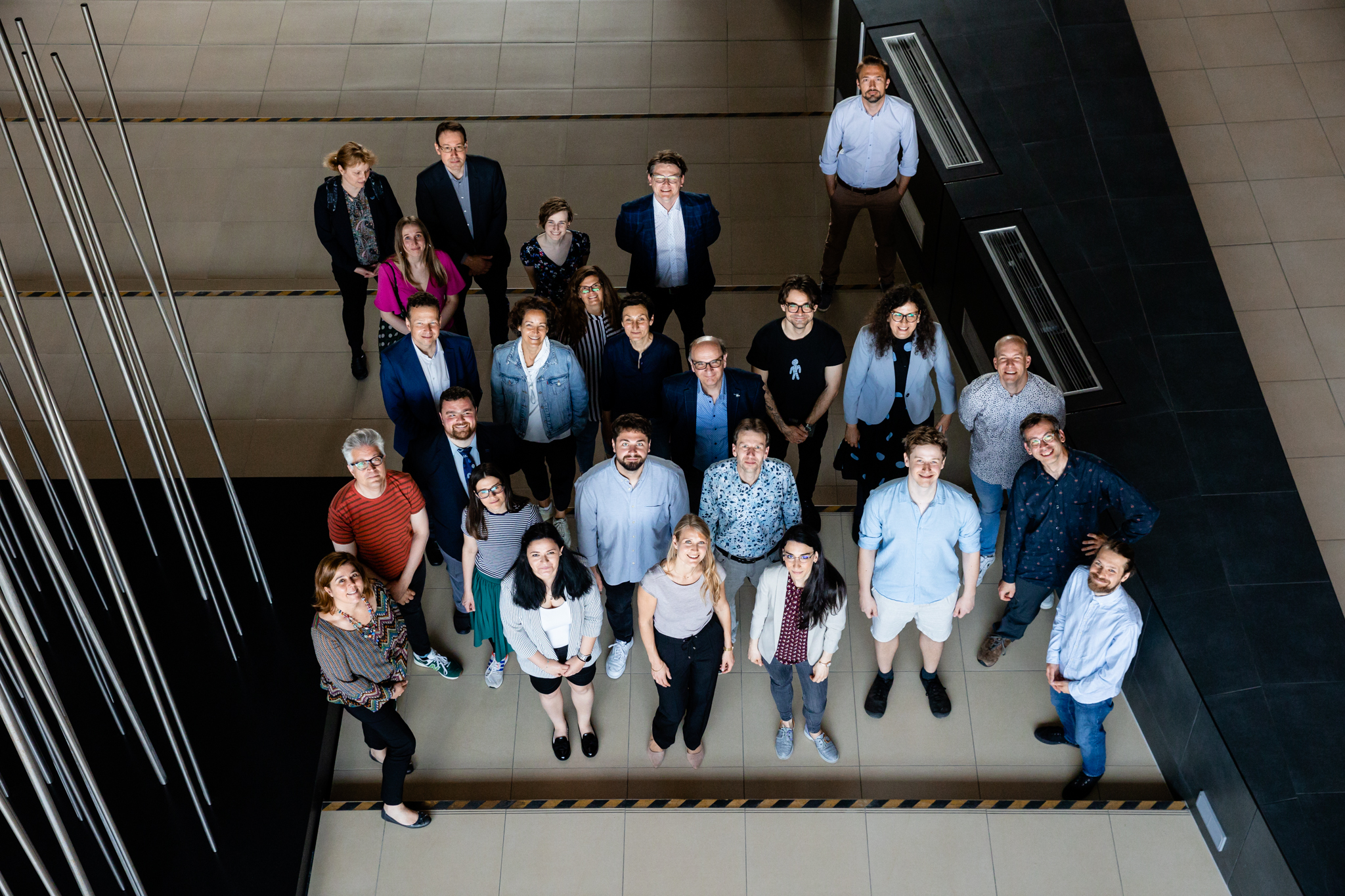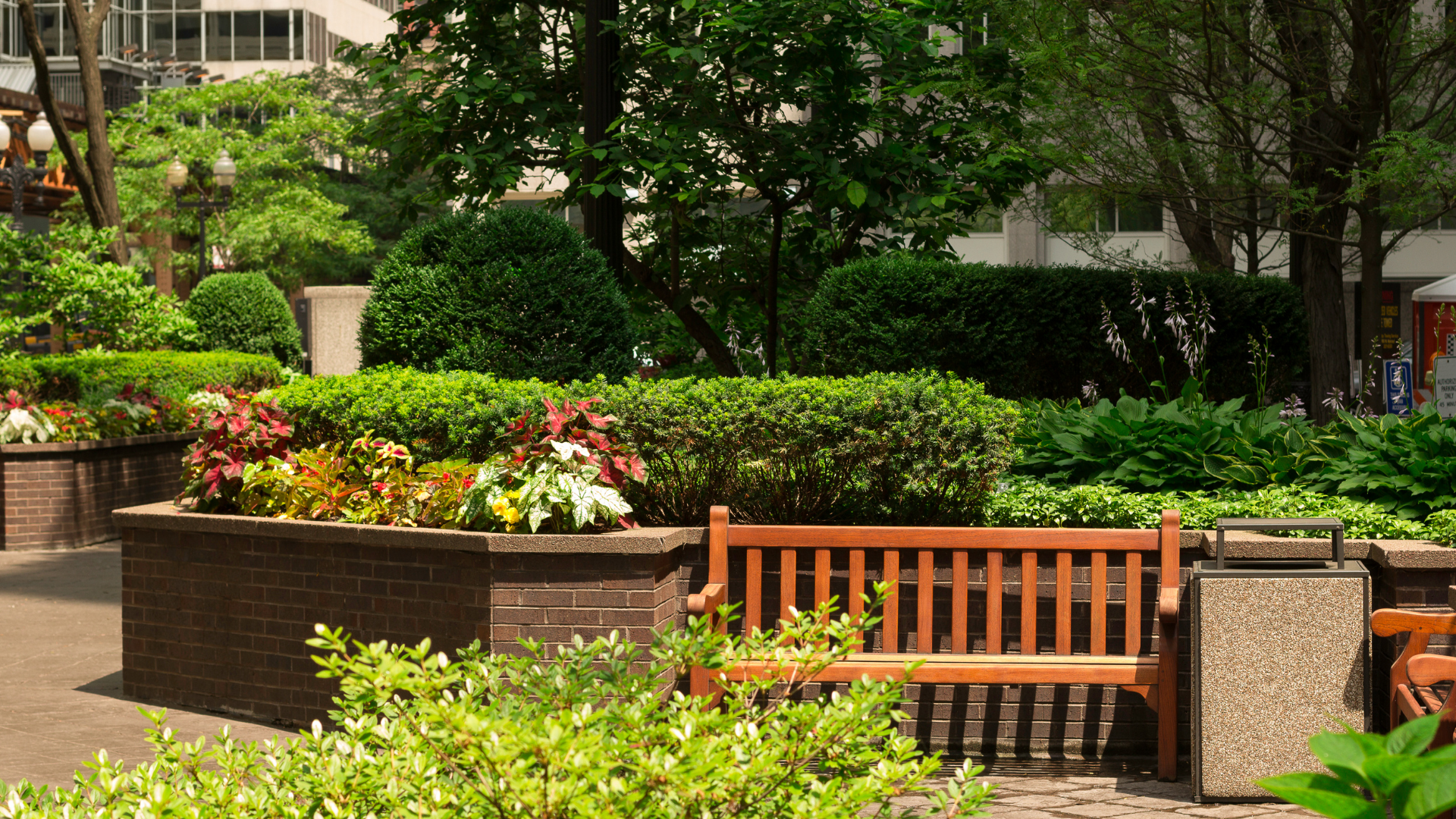
Project gateway
Get to know the 100 projects that we fund so far. You can also check the list of operations to find out who receives the funding.
Browse our projects
11
111
122
1
46
19 m €

Reducing social disparities in a joint effort
Social and economic disparities remain evident in central Europe and negatively influence cohesion. Social exclusion and poverty also affect some regions more than others and this needs to change. To do so, the 3P4SSE project goes beyond state-of-the-art social innovation projects. The partners adopt a place-based clustering approach when addressing specific challenges of social and solidarity economies. Amongst others, they create a multilevel network scheme based ...

Testing new ways to bring border regions closer together
Thanks to EU integration, borders across countries have been softening - but public administration and policies still do not sufficiently address the needs of cross-border communities. The project BorderLabs CE will change this by improving public capacities for participatory cross-border cooperation. Partners from six countries jointly develop and pilot new governance models and solutions for integrated cross-border strategy development. They also investigate new approaches ...

Improving cooperation among mountainous regions
The Alps and Carpathians are important natural corridors that connect many central European countries. Unfortunately, cooperation across borders often lacks a joint vision in mountain areas. To change this, the Central Mountains project designs and implements a joint strategy and regional action plans to create amongst others cross-border functional areas. By improving governance structures, processes and operations, the partners sustainably improve cooperation among Alpine-Carpathian regions.

Making better use of data to counter climate change
Huge quantities of environmental and meteorological data are already available both within public institutions and from open sources. But how to make sense of all the data to improve public responses to heatwaves, droughts, floods and reduce their impact on biodiversity? The Climate_CRICES project enhances the capacity of public authorities to manage climate change effects projected by the data. A dashboard visualises available data ...

Helping regions to speed up the green transition of small companies
Small and medium enterprises account for nearly a third of carbon emissions. At the same time, many regions are not able to support their decarbonisation. The CREDIT4CE project builds the support capacities of such regions to take forward the green transition. The partners train them on technology transfer and speed up the development and uptake of innovative technologies needed for “net zero”. They design ...

Reducing food waste at schools through repurposing
Food waste has negative social, environmental, and economical impacts. It is estimated that about 20% of all food produced is wasted in the EU every year - and school canteens even throw away up to 70% of their prepared meals. The foodCIRCUS project works with schools to minimize this food waste. It promotes food waste prevention, and explores innovative circular methods like repurposing waste ...

Helping regions to use hydrogen
Transitioning to green energy is key to tackling climate change and creating sustainable economies. Green hydrogen holds significant promise but accounts for less than 2 percent of Europe’s current energy consumption. The H2CE project helps regions in central Europe to boost the integration of hydrogen in their local and regional energy planning. The project develops and tests new planning tools for public authorities and ...

Increasing the resilience of heritage sites in river basins
Climate change increases the intensity and frequency of hydrometeorological events, including landslides, flash floods, storms, heat waves or prolonged drought periods. Amongst other negative consequences, this endangers natural and cultural heritage sites close to river basins. The INACO project strengthens the resilience of these by deploying joint adaptation strategies. The partners also design and test new WebGIS-based solutions for heritage sites and tools for ...

Revitalising fading city centres
City centres have long been busy places where people meet, shop and consume. This started to change fast when the Corona pandemic and growing online trade forced many shops to close. The NiCE project re-vitalises fading city centres by making local trade and consumption more circular and sustainable. The partners develop innovative urban development approaches, which focus on the creation of multifunctional resource centres ...

Preparing companies for a greener future
Countless companies will have to change their business models to stay competitive. They need to innovate to be prepared for a greener and more digital future. One way to cope with this challenge is to seek support from so-called innomediaries that function as innovation bridgers or change agents. The SMERF project offers smaller companies guidance on working with innomediaries. The project also creates a ...

Developing a master plan to protect urban biodiversity
The loss of biodiversity due to climate change is enormous, also in urban areas. To counter this negative development, the URBIO BAUHAUS project protects and boosts urban biodiversity by combining aesthetic design, citizen participation, and science. With this holistic approach, the project innovatively integrates “New European Bauhaus” principles to develop urban biodiversity solutions. The partners create and test biodiverse islands to preserve keystone species ...